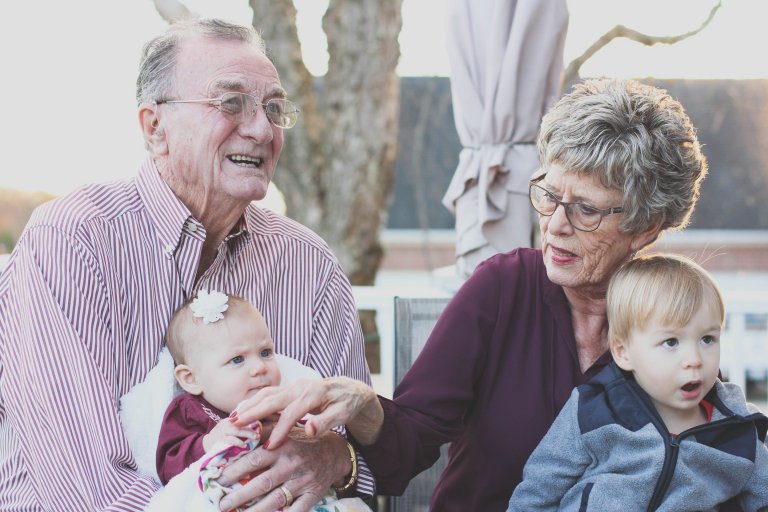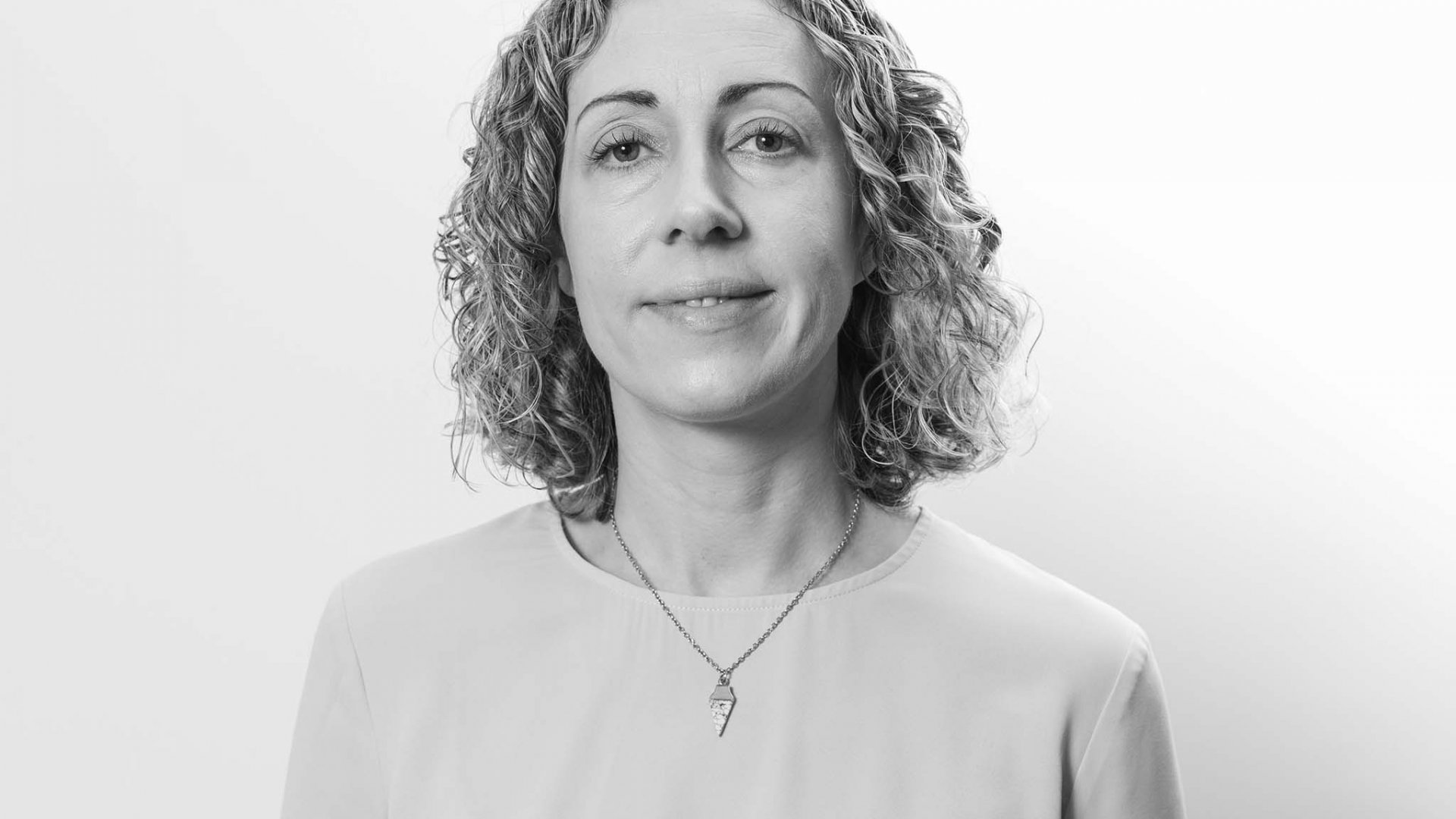
In the UK many elderly people live on a low income compared to the rest of the population. Struggling to pay their heating bills and often living in cold damp environments, the conditions are believed to contribute to the approximate 27,000 excess winter deaths each year.
Lord Krebs noted in the recently published UK Climate Change Risk Assessment 2017(1) that heat related mortality could increase by two-thirds by the 2020s. These are just two of the issues to concern elderly people trapped in poor accommodation, what else can Passivhaus design do for the elderly?
1. A Stable Internal Temperature
Physiological studies have shown that elderly people are not as efficient in reacting to changes in temperature, both hot and cold.
The stable internal temperatures associated with Passivhaus dwellings should be ideal for those older people who find that they struggle to maintain a stable core-body temperature.
2. Low Heating Bills
Heating for elderly people living in either private or rented accommodation is often their largest cost. If conditions are cold they often struggle to maintain a stable core environment, and therefore feel the cold themselves and have a tendency to increase the heating. As Passivhaus designs have highly insulated fabric and low form factors (good surface area to floor area ratios) they lose less heat. For those in communal accommodation i.e. nursing homes, extra care and assisted living, elderly people could in effect be heating themselves!
3. Acoustics
Having a high fabric specification with triple glazing, Passivhaus delivers good levels of acoustic insulation from the outside environment. This is of benefit to anyone living in busy urban areas near busy roads/airports etc. For the older generation less noise, creates less stress and better sleep patterns. It’s an important consideration as elderly people are lighter sleepers.
4. Air Quality
Passivhaus relies on mechanical ventilation with heat recovery to remove air pollution and deliver correct levels of oxygen/CO2 at the right temperature.
Maintaining low levels of CO2 is especially important when sleeping, which in turn is good for recovering from illness and maintaining health. If designed well the controls can be simple.
5. Sunlight & Daylight
Passivhaus design maximises use of sunlight and daylight which are beneficial for the wellbeing of the elderly. In particular for those diagnosed with dementia, as exposure to an adequate amount of natural light during the daytime helps provide a 24-hour cycle of light and dark.
6. Comfort
As Passivhaus design employs airtight, triple glazing and enables “watching the world” sitting next to a window is a draft free and warm experience. It’s recognised that a better connection with the outside and nature results in better wellbeing especially for the elderly who spend a large amount of time indoors.
The above are of course simplified snippets of how Passivhaus design can help our burgeoning older generation create healthy environments to live in, environments that are robust to the challenges of growing older in a changing climate.
